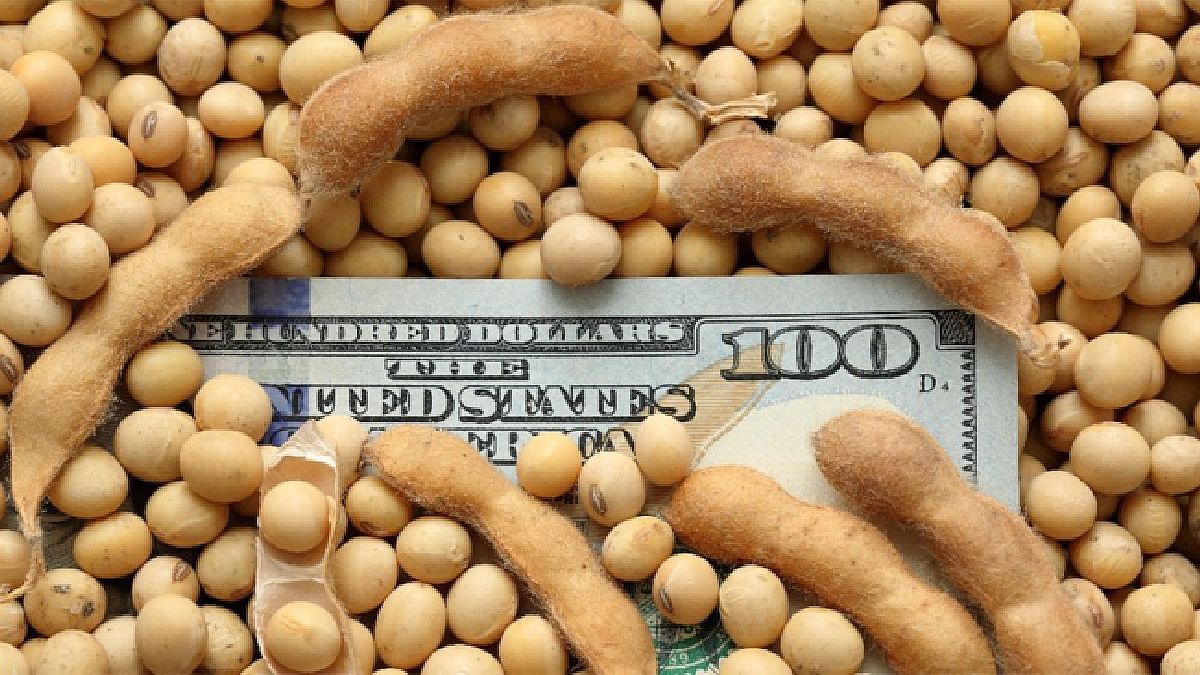For this year the scenario seems much more complex. Although international prices continue to show signs of strength, the local agricultural campaign is expected to end below initial estimates. It is that the drought that today affects soybeans and corn could lead to a drop in production of around 20%.
The high temperatures forecast for this week also do not help with the state of the crops already planted and so that second-rate soybean and corn planting can advance. The most conservative analysts anticipate that the drop in foreign currency income from exports from the granary complex could be around US$7,000 million this year, but the truth is that many others anticipate that the decline could add up to US$15. 000 million.
For now, the Government knows that during the January-February-March quarter it will have to deal with a limited foreign exchange income since up to now the producers have sold 80% of the soybean harvest from the last season and just with the new one. soybean and corn harvest, starting in April-May, more currencies could enter the official exchange market.
In this context, this year will also play a key factor that can also delay the sales of producers as has happened in other years. It is that the presidential elections and a possible change of economic course or not, ends up establishing a waiting compass in soybean sales. In short, that producer who needs financing will sell, but the truth is that many others will wait for a clearer picture.
In any case, the high international prices, if maintained, could be another factor that encourages the commercialization of the oilseed. Beyond different geopolitical factors, soybean maintains a value for its March contract of US$546 per ton and for May of US$548. Strong prices but they also do not end up compensating the losses for those producers who planted and are losing practically 100% due to the lack of rainfall.
In short, it will be a pivotal year in which agriculture will once again have a fundamental role in the economy, and in which the challenges posed by the tremendous drought that affects the main productive areas of Argentina will have to be overcome.
Source: Ambito
David William is a talented author who has made a name for himself in the world of writing. He is a professional author who writes on a wide range of topics, from general interest to opinion news. David is currently working as a writer at 24 hours worlds where he brings his unique perspective and in-depth research to his articles, making them both informative and engaging.




